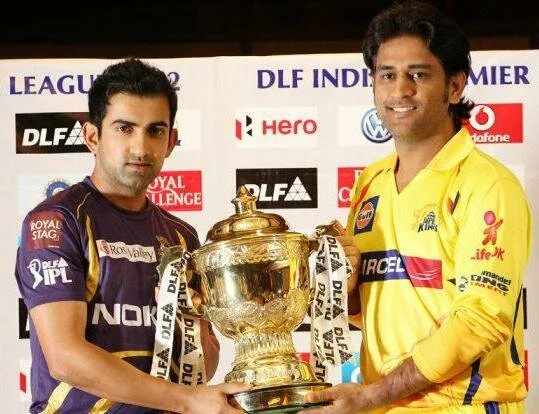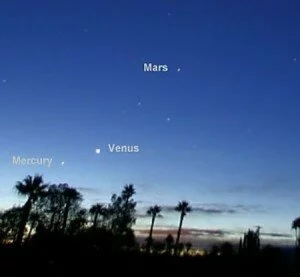As per latest amazing news of science field, the ISRO community is planning for an Indian scientific mission to Venus and if all will be ahead as per plans then its launching date may be set to May 20, 2015.
Overall planning has announced by M S Anurup of Isro at the 17th National Space Science Symposium. The main targeted point for Indian mission to Venus is to study its atmospheric content and to examine the origin and evolution of terrestrial planets.
As per report, the thought is come out from the success of the Chandrayaan-1 mission that defined that India has the capability to launch a mission to Venus.
In this study, ISRO community set a spacecraft that will be used to make Venus mission possible would have bound with five scientific instruments. But the type of rocket, spacecraft’s jet engine, has yet not chosen.
The community has three options- the advanced version of the Polar Satellite Launch Vehicle (PSLV-XL), the Geo Synchronous Satellite Launch Vehicle (GSLV) and the newer version of the GSLV designated as GSLV Mark3. The rocket could be one of them.
Continue Reading >>


